Embarking on a career in truck driving opens up a world of opportunities, from exploring vast landscapes to playing a crucial role in the global supply chain. At CarMax Vehicle, we understand the foundational knowledge every aspiring truck driver needs. This guide delves deep into the essentials of truck driving, equipping you with the necessary skills and insights to thrive in this dynamic field.
Understanding the Truck Driving Profession
Truck driving is more than just operating a vehicle; it’s about ensuring goods are transported safely and efficiently across various distances. As a truck driver, you become an integral part of the logistics network, facilitating commerce and industry.
Key Responsibilities of a Truck Driver
- Transporting Goods: Safely delivering cargo from one location to another.
- Vehicle Maintenance: Performing routine checks and basic maintenance to ensure the truck’s optimal performance.
- Documentation: Maintaining accurate logs of trips, cargo details, and compliance with regulations.
- Safety Compliance: Adhering to road safety laws and company policies to prevent accidents and ensure cargo integrity.
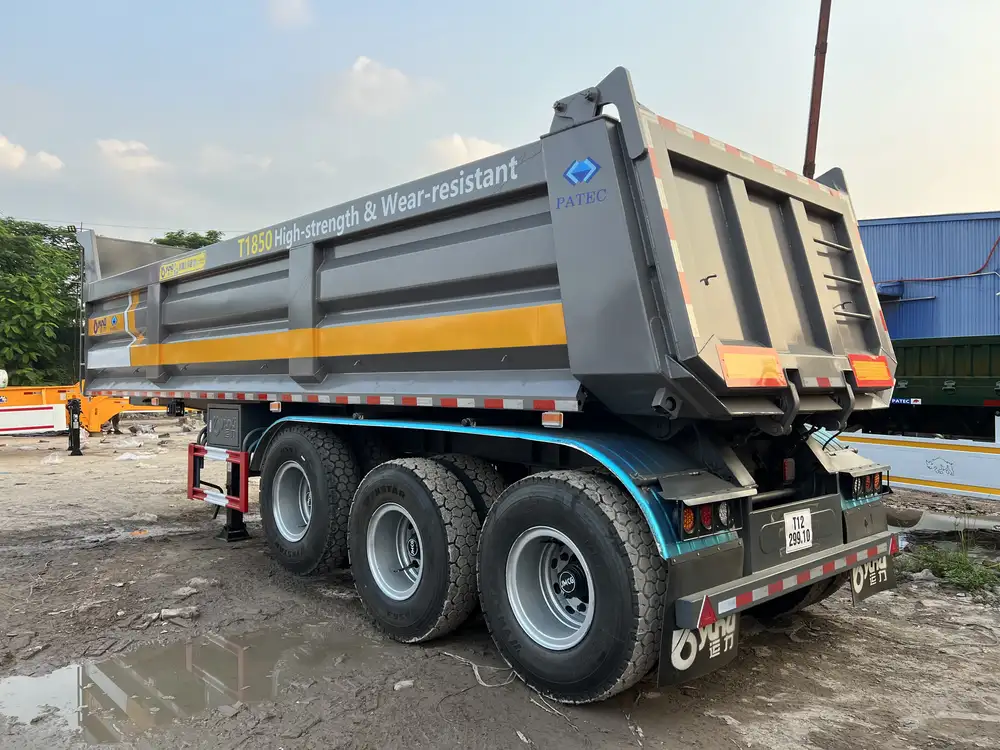
Types of Trucks: Choosing the Right Vehicle
Understanding the different types of trucks is crucial for selecting the right vehicle for your needs. CarMax Vehicle offers a range of semi-trailers designed to cater to various transportation requirements.
Common Truck Types
| Truck Type | Description | Common Uses |
|---|---|---|
| Flatbed Truck | Features a flat, open trailer without sides or a roof. | Construction materials, machinery |
| Refrigerated Truck | Equipped with cooling systems to transport perishable goods. | Food products, pharmaceuticals |
| Tanker Truck | Designed to carry liquids or gases. | Fuel, chemicals, water |
| Box Truck | Enclosed trailer providing protection from the elements. | General freight, furniture |
| Lowboy Truck | Features a specially designed chassis to carry heavy equipment. | Construction equipment, oversized loads |
Licensing and Certification
Obtaining the proper licenses and certifications is a fundamental step in becoming a truck driver. CarMax Vehicle supports drivers through their licensing journey, ensuring compliance with all regulatory requirements.
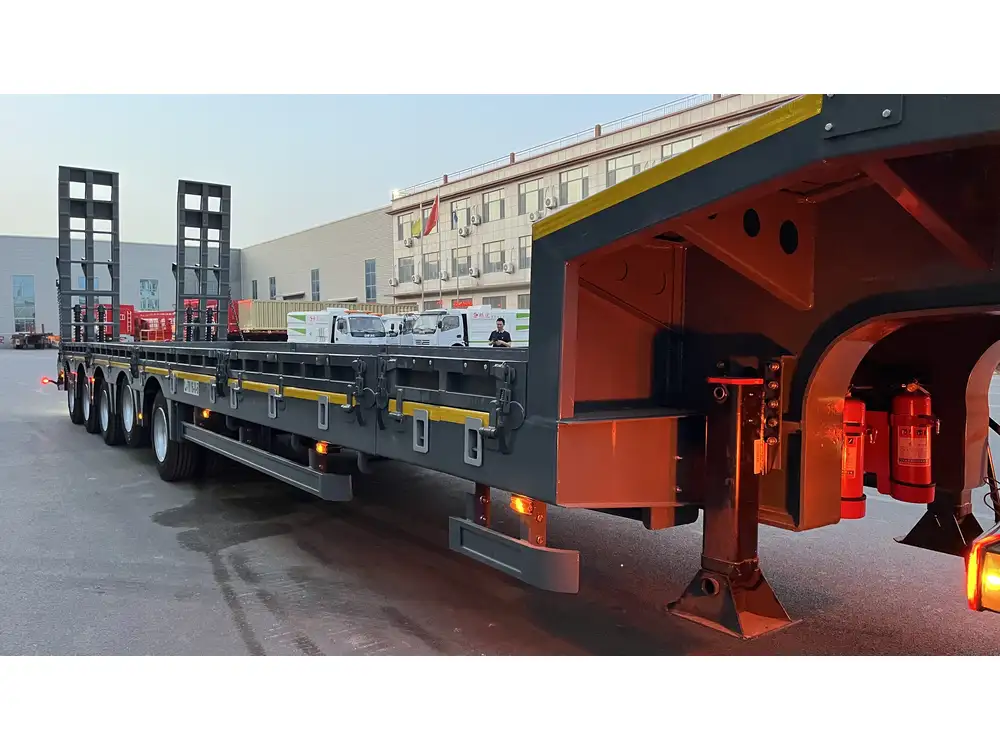
Steps to Obtain a Commercial Driver’s License (CDL)
- Eligibility Check: Must be at least 18 years old (21 for interstate driving) with a valid driver’s license.
- Medical Examination: Pass a Department of Transportation (DOT) medical exam.
- Knowledge Test: Pass written exams on general truck driving knowledge and specific endorsements if applicable.
- Skills Test: Demonstrate driving proficiency in a truck, including maneuvers and safety procedures.
- Background Check: Undergo a thorough background check, including driving history and criminal records.
Essential Certifications
- Hazardous Materials (HazMat) Endorsement: Required for transporting dangerous goods.
- Double/Triple Trailers Endorsement: Necessary for handling multiple trailers.
- Tanker Endorsement: For drivers handling liquid or gaseous cargo.
Truck Components and Operation
A solid grasp of truck components and their functions is vital for safe and efficient operation. CarMax Vehicle’s semi-trailers are engineered for reliability, featuring advanced technologies that enhance performance.

Major Truck Components
- Engine: Powers the truck, with various configurations depending on the model.
- Transmission: Facilitates gear shifting to control vehicle speed and torque.
- Brakes: Critical for stopping the vehicle safely, including air brake systems.
- Steering System: Ensures precise maneuvering of the truck.
- Suspension: Supports the truck’s weight and provides stability during transportation.
Operating the Truck
- Starting the Engine: Perform pre-trip inspections, adjust mirrors, and ensure all systems are functioning before ignition.
- Gear Shifting: Understand manual vs. automatic transmission operations for smooth transitions.
- Braking Techniques: Implement proper braking to maintain control and reduce wear on brake components.
- Navigating Turns: Use appropriate signaling and speed control to execute safe turns.
Safety Practices: Prioritizing Well-being on the Road
Safety is paramount in truck driving. Adhering to best practices not only protects you but also other road users and the cargo you transport.
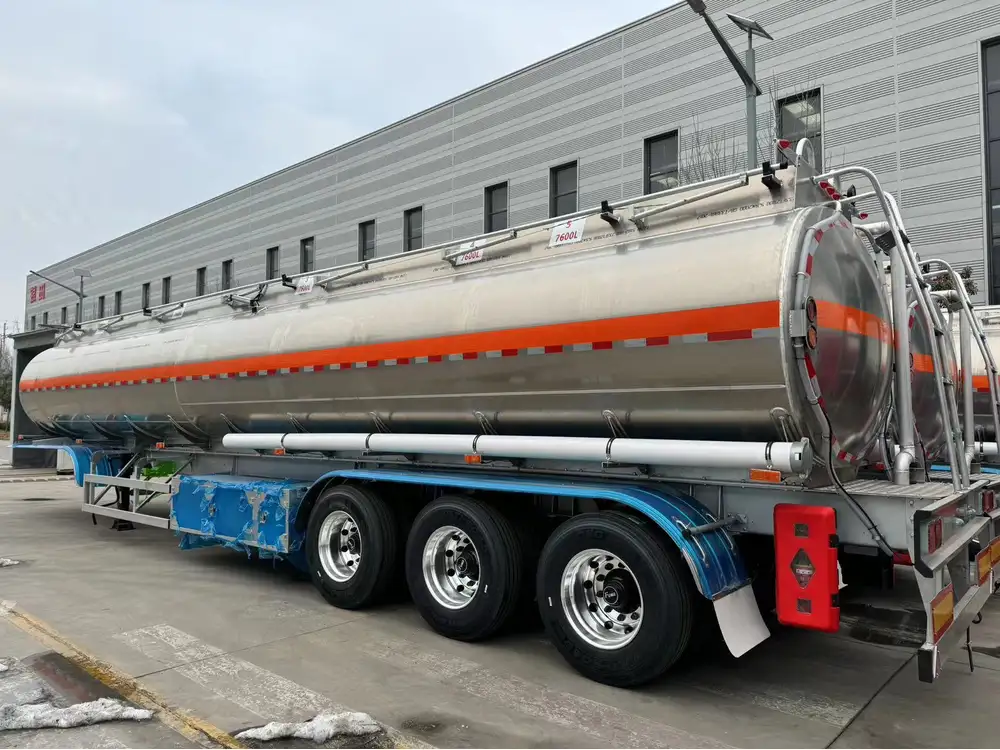
Essential Safety Practices
- Regular Inspections: Conduct thorough pre-trip and post-trip inspections to identify and address potential issues.
- Defensive Driving: Stay alert, anticipate hazards, and maintain a safe following distance.
- Load Securing: Ensure cargo is properly loaded and secured to prevent shifting or spillage.
- Fatigue Management: Follow hours-of-service regulations to prevent driver fatigue and maintain alertness.
- Emergency Preparedness: Be equipped with emergency kits and know procedures for handling accidents or vehicle breakdowns.
Truck Maintenance Basics
Proper maintenance is crucial for the longevity and reliability of your truck. CarMax Vehicle provides high-quality trailers designed for easy maintenance and durability.
Routine Maintenance Checklist
- Engine Oil and Filters: Change regularly to ensure engine efficiency.
- Tire Inspection: Check for wear and proper inflation to prevent blowouts and ensure optimal performance.
- Brake System: Inspect brake pads, discs, and lines for wear or damage.
- Lights and Signals: Ensure all lights and indicators are functioning correctly for visibility and safety.
- Fluid Levels: Monitor and refill coolant, transmission fluid, and other essential liquids as needed.

Preventative Maintenance Strategies
- Scheduled Servicing: Adhere to manufacturer-recommended service intervals to address wear and tear proactively.
- Record Keeping: Maintain detailed maintenance logs to track service history and identify recurring issues.
- Professional Inspections: Utilize authorized service centers for comprehensive evaluations and repairs.
Rules of the Road for Truck Drivers
Compliance with traffic laws and regulations is non-negotiable in truck driving. Understanding and adhering to these rules ensures safe operations and avoids legal complications.
Key Traffic Regulations
- Speed Limits: Adhere to posted speed limits, which may vary for commercial vehicles.
- Weight Restrictions: Comply with weight limits on highways, bridges, and specific roadways to prevent infrastructure damage.
- Route Restrictions: Be aware of roads where certain types of trucks or cargo are prohibited.
- Hours of Service (HOS): Follow federal guidelines on driving hours to prevent fatigue-related incidents.
- Safety Equipment: Ensure all required safety equipment, such as reflective triangles and fire extinguishers, are present and functional.
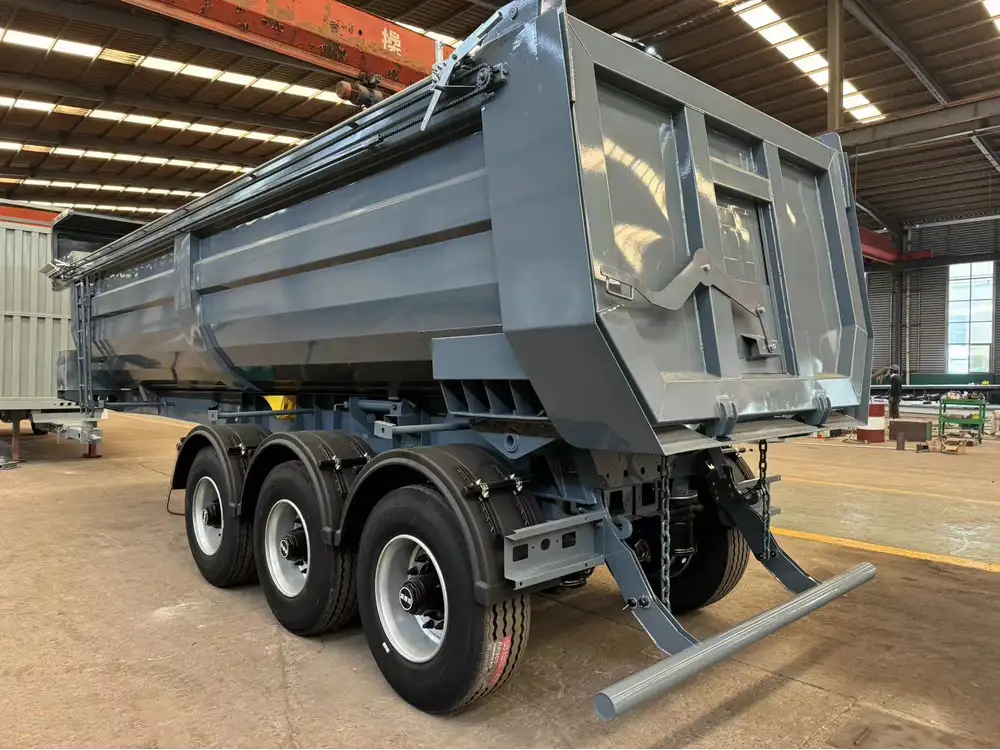
Loading and Unloading Cargo
Proper loading and unloading techniques are essential to maintain cargo integrity and ensure safe transportation.
Best Practices for Loading
- Weight Distribution: Distribute weight evenly to maintain truck balance and prevent overloading one side.
- Cargo Securing: Use straps, chains, and other securing devices to immobilize cargo and prevent movement during transit.
- Height Restrictions: Adhere to height limitations to avoid clearance issues on bridges and underpasses.
- Accessibility: Arrange cargo for easy access, especially for perishables or time-sensitive deliveries.
Unloading Procedures
- Stable Positioning: Ensure the truck is securely parked and stabilized before beginning the unloading process.
- Use of Equipment: Utilize appropriate loading/unloading equipment, such as forklifts or ramps, to handle heavy or bulky items.
- Safety Gear: Wear necessary personal protective equipment (PPE) to prevent injuries during unloading.
- Inspection: Check the condition of cargo upon arrival to identify any damage or discrepancies promptly.

Navigating Routes and Utilizing Technology
Effective navigation is crucial for timely deliveries and efficient route management. Leveraging technology enhances routing accuracy and operational efficiency.
Route Planning Strategies
- Pre-Trip Planning: Analyze routes beforehand to identify potential obstacles, such as construction zones or weather-related challenges.
- GPS Navigation Systems: Utilize advanced GPS systems tailored for truck driving, featuring truck-specific routing and real-time traffic updates.
- Electronic Logging Devices (ELDs): Implement ELDs to track driving hours, ensuring compliance with HOS regulations and optimizing route planning.
Technological Tools for Truck Drivers
- Telematics: Monitor vehicle performance and driver behavior through telematics systems, facilitating proactive maintenance and safety improvements.
- Mobile Apps: Use applications designed for truckers to find truck stops, monitor fuel prices, and access essential services on the go.
- Communication Devices: Stay connected with dispatchers and other drivers via two-way radios or mobile communication tools for efficient coordination.
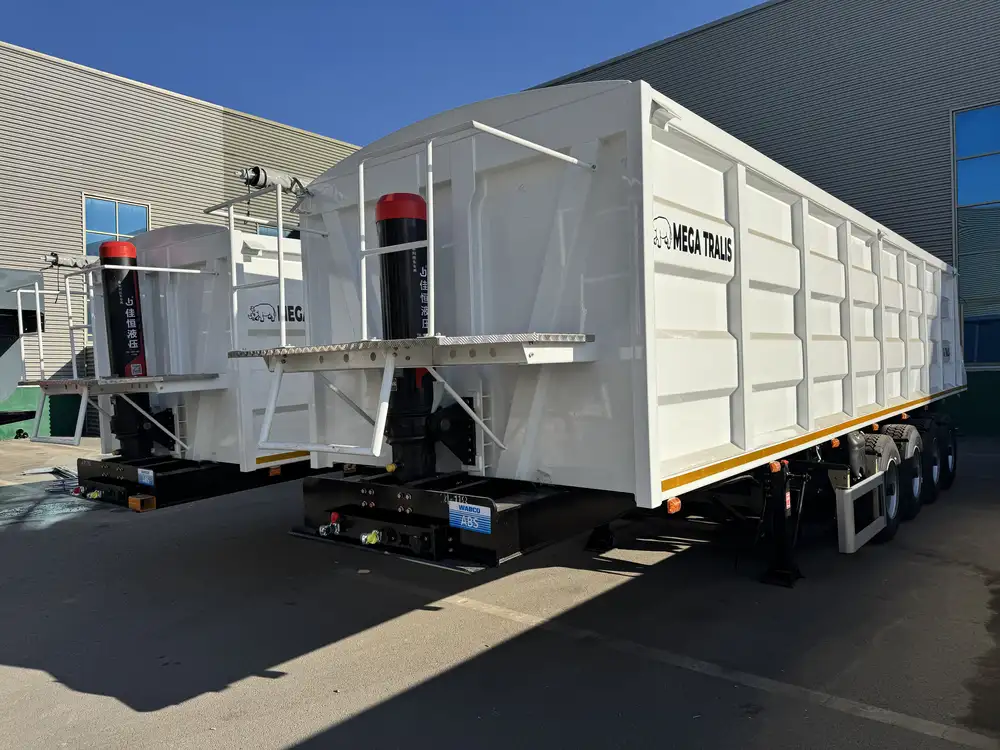
Communication and Documentation
Maintaining clear communication and accurate documentation is vital for operational efficiency and regulatory compliance in truck driving.
Effective Communication Practices
- Dispatch Coordination: Maintain regular contact with dispatchers to receive updates, report issues, and confirm delivery details.
- Driver Networks: Engage with fellow truck drivers through forums and networks to share information and support.
- Emergency Communication: Have protocols in place for communicating in case of emergencies or unexpected situations on the road.
Essential Documentation
- Bill of Lading: A critical document detailing the type, quantity, and destination of the cargo being transported.
- Log Books: Accurate records of driving hours, breaks, and routes taken to comply with HOS regulations.
- Inspection Reports: Documentation of pre-trip and post-trip inspections to ensure vehicle safety and compliance.
- Permits and Licenses: Ensure all necessary permits and licenses are up-to-date and accessible during transit.

Career Opportunities in Truck Driving
A career in truck driving offers diverse opportunities, from long-haul routes to specialized cargo transportation. CarMax Vehicle supports drivers in advancing their careers with top-tier equipment and training resources.
Pathways in Truck Driving
- Long-Haul Driver: Transport goods over long distances, often crossing state or national borders.
- Local Driver: Operate within a specific region, typically returning home daily.
- Specialized Driver: Handle specific types of cargo, such as hazardous materials, oversized loads, or refrigerated goods.
- Owner-Operator: Own and operate your own truck, offering greater autonomy and potential for higher earnings.
- Fleet Management: Advance into supervisory roles, managing a team of drivers and overseeing logistics operations.
Benefits of a Truck Driving Career
- Competitive Compensation: Attractive salary packages with opportunities for bonuses and incentives.
- Job Stability: Consistent demand for truck drivers ensures long-term employment prospects.
- Travel Opportunities: Experience the freedom of the open road and explore new regions.
- Professional Growth: Access to training and development programs for skill enhancement and career advancement.

Conclusion
Truck driving is a rewarding profession that combines skill, responsibility, and the freedom of the open road. At CarMax Vehicle, we are committed to supporting truck drivers with reliable semi-trailers and comprehensive resources to ensure your success. By mastering the basics outlined in this guide, you are well-equipped to embark on a fulfilling journey in the trucking industry.
Frequently Asked Questions
1. What are the basic requirements to become a truck driver?
To become a truck driver, you must obtain a Commercial Driver’s License (CDL), meet age and health requirements, pass written and skills tests, and undergo a background check. Additional certifications may be required depending on the type of cargo you intend to transport.

2. How often should I perform maintenance on my truck?
Routine maintenance should be performed regularly, including daily checks before trips, weekly inspections, and adhering to the manufacturer’s recommended service intervals. Keeping detailed maintenance logs helps ensure all aspects of the truck are in optimal condition.
3. What safety precautions should truck drivers take on the road?
Truck drivers should conduct thorough pre-trip inspections, adhere to speed limits, maintain safe following distances, secure cargo properly, manage driving hours to prevent fatigue, and be prepared for emergencies by carrying necessary safety equipment.
4. How can technology improve my efficiency as a truck driver?
Technology such as GPS navigation systems, Electronic Logging Devices (ELDs), telematics, and mobile apps can enhance route planning, ensure compliance with regulations, monitor vehicle performance, and provide valuable real-time information, thereby improving overall efficiency.

5. What career advancement opportunities are available in truck driving?
Truck drivers can advance to roles such as specialized cargo transport, fleet management, training and mentoring new drivers, transitioning to owner-operator status, or moving into logistics and supply chain management positions.



